Are you curious about what your furry friend is trying to communicate when they growl? In the article "Understanding the Meaning of Dog Growling," we will explore the various contexts in which dogs growl and how to interpret their growling behavior. From playful growls during playtime to warning growls when feeling threatened, understanding the meaning behind your dog's growling can help strengthen your bond and ensure their well-being. So, grab a treat and let's dive into the fascinating world of dog communication!

This image is property of pixabay.com.
Understanding the Meaning of Dog Growling
Dogs have their unique ways of communication, and growling is one of the most significant signals they use to express their thoughts and feelings. It's essential for pet owners to recognize and understand the different types of growls because they can provide valuable insights into a dog's emotional state and intentions. By being able to interpret growling correctly, you can better respond to your furry friend's needs and ensure their well-being. In this article, we will explore the significance of dog growling, the various types of growls, and the common reasons behind them.
Significance of Dog Growling
Growling serves as a crucial communication tool for dogs, enabling them to express themselves effectively in various situations. It serves as a warning sign, signaling their discomfort or displeasure. By growling, dogs communicate their boundaries, fears, and anxieties, giving an opportunity for humans to respond appropriately.
One of the most important functions of dog growling is as a warning sign of aggression. When a dog feels threatened or cornered, it may growl to communicate its intention to defend itself. It's essential to recognize this type of growl to prevent any dangerous situations and provide a calm and secure environment for your pet.
Dog growling can also be an expression of fear or anxiety. In unfamiliar or stressful situations, a dog may growl to convey its unease. This can occur when facing new people, animals, or environments. By understanding and addressing the underlying causes of fear or anxiety, you can help your dog feel more secure and confident in such situations.
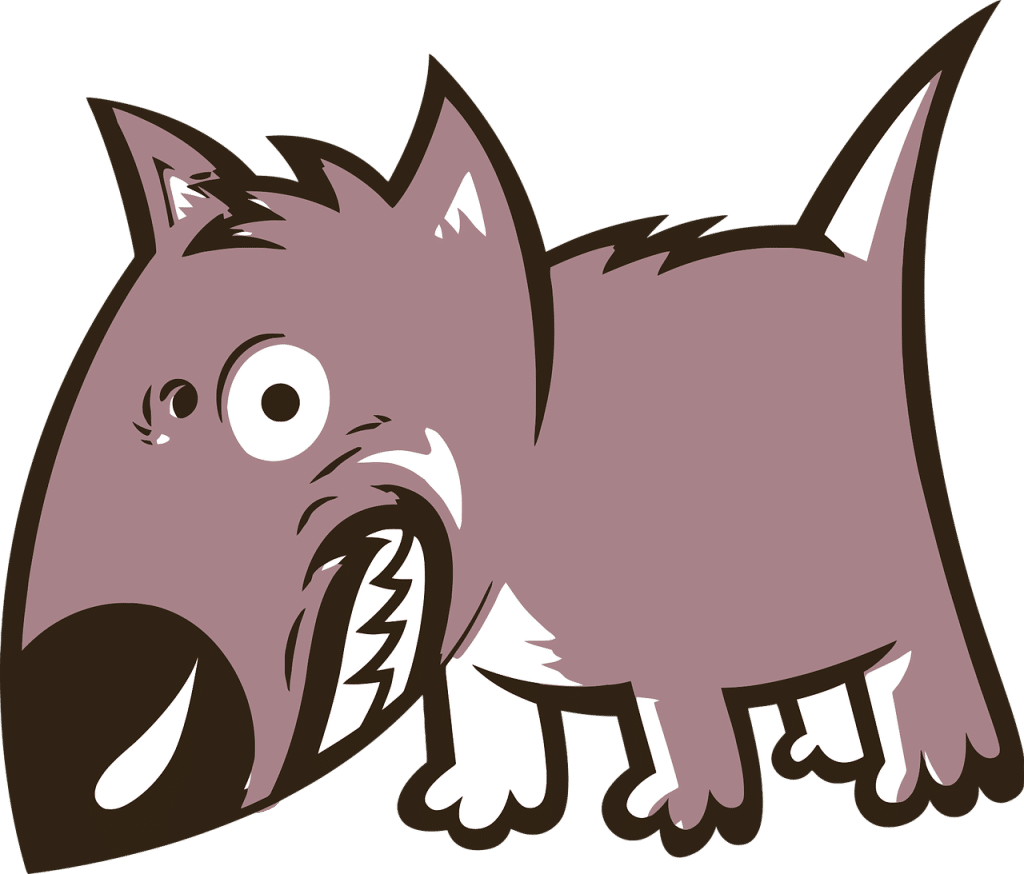
This image is property of pixabay.com.
Recognizing Different Types of Growls
Growls can vary in their tone, intensity, and context. Different types of growls indicate different emotional states and motivations. Understanding these distinctions is essential to accurately interpreting a dog's communication. Let's explore the various types of growls:
Friendly or Playful Growl
A friendly or playful growl is typically accompanied by a wagging tail and relaxed body language. This type of growl is common during playtime when a dog is excited and having fun. The growl itself may sound softer and higher in pitch compared to other types.
Dominant or Threatening Growl
A dominant or threatening growl is characterized by a stiff body posture, direct eye contact, and the exhibition of teeth. This growl is a clear warning sign that the dog perceives a threat or is attempting to assert dominance. The growl itself is often deep and low-pitched, conveying the seriousness of the situation.
Protective or Territorial Growl
A protective or territorial growl occurs when a dog feels the need to guard something, such as its food, toys, or territory. The dog may exhibit lunging or barking behaviors towards intruders, and its fur or hackles may stand up. The growl accompanying this behavior is typically firm and assertive.
Pain or Discomfort Growl
When experiencing physical pain or discomfort, a dog may growl as a way to communicate its distress. This type of growl is often associated with sensitive areas of the body or injury. Dogs may also display reluctance to move or be touched, and other signs of pain or discomfort may be evident, such as limping or changes in appetite.
Friendly or Playful Growl
A friendly or playful growl is a common occurrence during playtime and should not be a cause for concern. It is essential to consider the context and accompanying body language to determine whether the growl is harmless or potentially aggressive.
When a dog emits a friendly or playful growl, its tail will typically be wagging, indicating a positive and relaxed mood. The dog's body language should also be loose and relaxed, often accompanied by playful movements and a happy expression.
Common noises, such as barks and yips, may accompany the growl during play. These sounds are part of the dog's playful communication and shouldn't be mistaken for aggression.
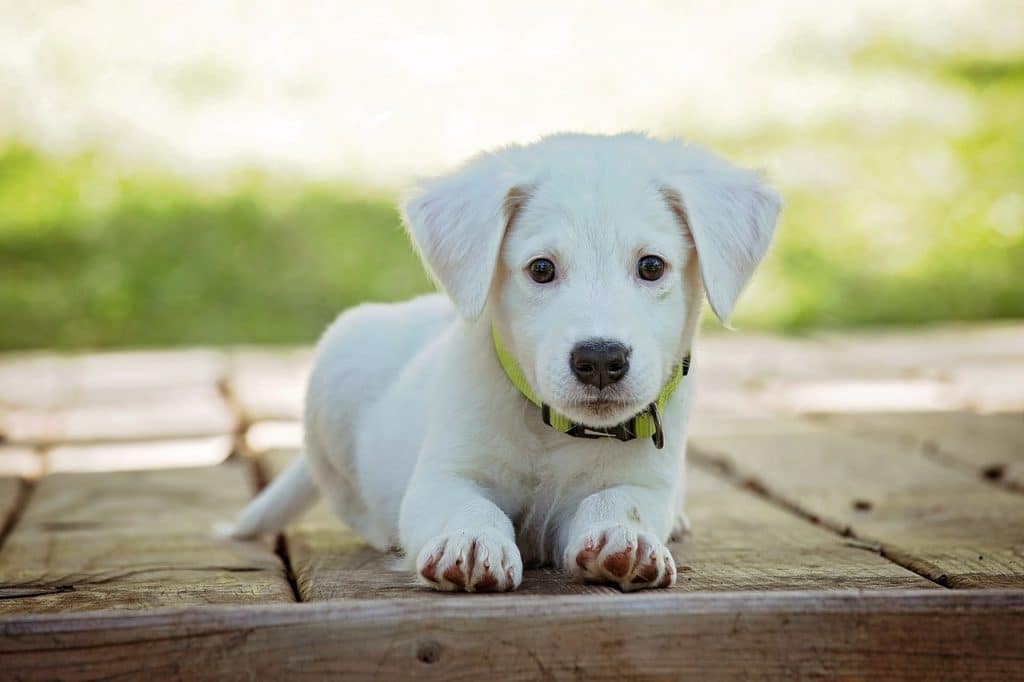
This image is property of pixabay.com.
Dominant or Threatening Growl
A dominant or threatening growl signifies a more serious intention and should be taken seriously. Dogs adopt a stiff body posture, raising their back, and may hold their tail high. Direct eye contact with a fixed gaze is a clear indicator of dominance or a perceived threat.
Alongside the growl, a dominant dog may exhibit the exhibition of teeth, with lips drawn back and teeth fully or partially exposed. The growl itself is usually deep and low-pitched, conveying a sense of authority and warning to the perceived target.
If you encounter a dog displaying dominant or threatening growling behavior, it's essential to respect its boundaries and avoid any confrontational actions that may escalate the situation. Seek professional help from a certified dog trainer or behaviorist to address and manage such behaviors effectively.
Protective or Territorial Growl
A protective or territorial growl is a dog's way of defending something it considers valuable. This can include food, toys, its living space, or even its humans. Dogs may exhibit lunging or barking behaviors towards intruders or unfamiliar individuals, warning them to stay away.
In addition to the growling, dogs displaying protective or territorial behaviors often have raised fur or hackles along their spines. These physical changes accompany a tense and alert stance, demonstrating their readiness to defend their territory or resources.
It's crucial to provide appropriate training and socialization to prevent excessive territorial behaviors. Consulting with a professional dog trainer can help you establish boundaries and manage your dog's protective instincts in a positive and controlled manner.
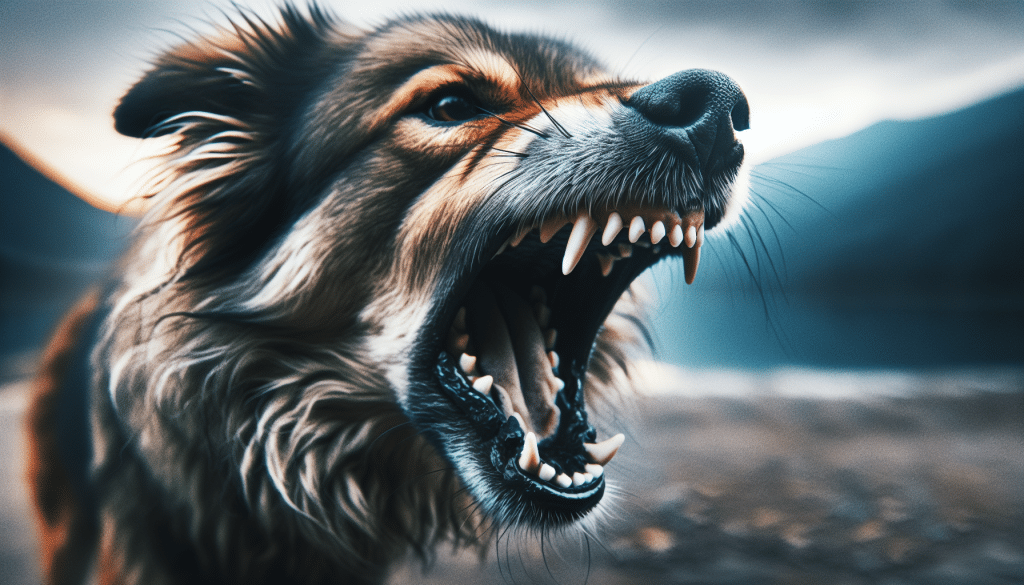
Pain or Discomfort Growl
A dog in pain or discomfort may growl as a way to communicate its distress. This type of growl is often associated with physical afflictions, such as injuries or underlying health conditions. Understanding this growl is crucial for recognizing when your pet needs medical attention.
Sensitive areas of the body, such as joints or wounds, tend to elicit pain or discomfort growls. Dogs may also display reluctance to move or be touched in these areas. Any significant changes in behavior, such as decreased activity levels or changes in appetite, should also be considered potential indicators of pain or discomfort.
If you suspect that your dog may be experiencing pain or discomfort, it's important to seek veterinary advice. A thorough examination by a professional can help identify the cause of the discomfort and ensure appropriate treatment and pain management.
Common Reasons for Dog Growling
Understanding the reasons behind dog growling can help identify and address underlying issues. The following are common causes of growling in dogs:
Fear or Anxiety
Fear or anxiety is a prevalent cause of dog growling. Dogs may feel frightened or threatened by unfamiliar people, animals, or situations, leading them to vocalize their distress through growling. Past traumatic experiences, lack of confidence or trust, or a lack of proper socialization can also contribute to fear or anxiety-based growling.
Recognizing signs of fear or anxiety can help you proactively address these issues. Backing off from stressful situations and gradually exposing your dog to positive experiences can help build confidence and lessen their reliance on growling as a coping mechanism. Working with a professional trainer or behaviorist can provide valuable guidance in this process.
Resource Guarding
Resource guarding refers to a dog's protective behavior over food, toys, or other valuable possessions. Growling is a common indication of resource guarding, as dogs communicate their intent to protect their belongings and prevent others from approaching or taking them away.
It's essential to manage resource guarding behavior to prevent potential conflicts. This can involve implementing proper training to teach your dog appropriate behaviors and boundaries around resources. Seek professional guidance to effectively address and modify resource guarding behaviors.
Lack of Socialization or Training
Insufficient socialization or training can contribute to growling behaviors in dogs. When dogs are not exposed to different people, animals, and environments during their critical socialization period, they may feel insecure or threatened in unfamiliar situations, leading to growling.
Providing proper socialization and obedience training from a young age can mitigate growling behaviors caused by a lack of socialization or training. Positive reinforcement techniques and gradual exposure to new experiences can help build confidence and develop appropriate responses to various stimuli.
Illness or Injury
Sometimes, growling behavior can indicate underlying health issues or physical discomfort. Dogs may growl to signal pain or discomfort caused by injuries, illnesses, or other medical conditions. It's crucial to recognize and address these growling behaviors promptly to ensure your dog's well-being.
If you observe consistent growling or other changes in behavior, it's advisable to seek veterinary advice. Thorough examinations, including diagnostic tests if necessary, can help identify any underlying medical conditions. Addressing these health issues can help alleviate discomfort and reduce growling behaviors.
By understanding the significance of dog growling, recognizing different types of growls, and understanding their underlying reasons, you can provide the necessary support and care for your furry friend. Remember, growling is a form of communication and should be seen as an opportunity to respond appropriately and create a safe and harmonious relationship with your dog. Seek professional guidance when needed to ensure that you and your canine companion enjoy a fulfilling and mutually understanding bond.
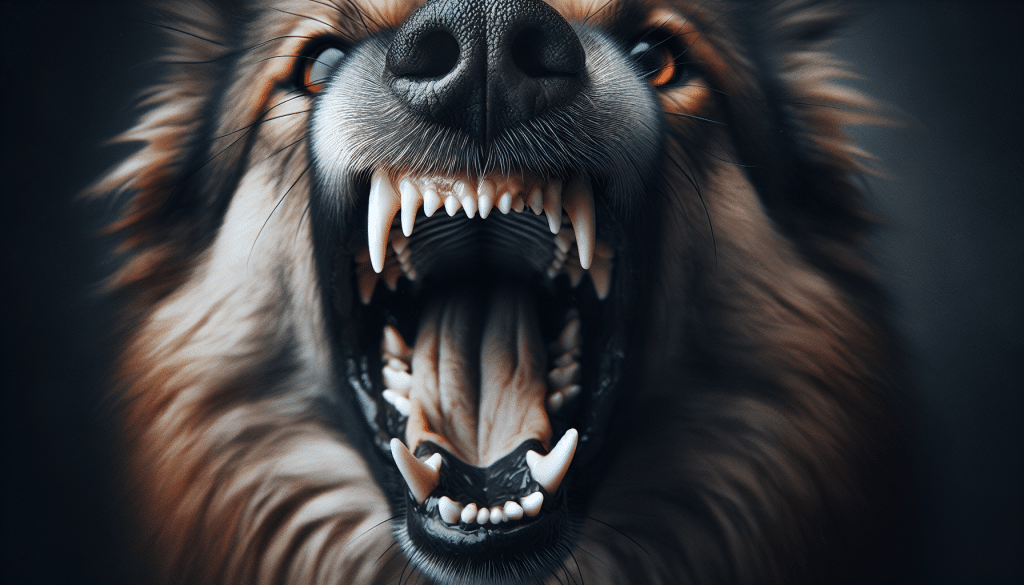

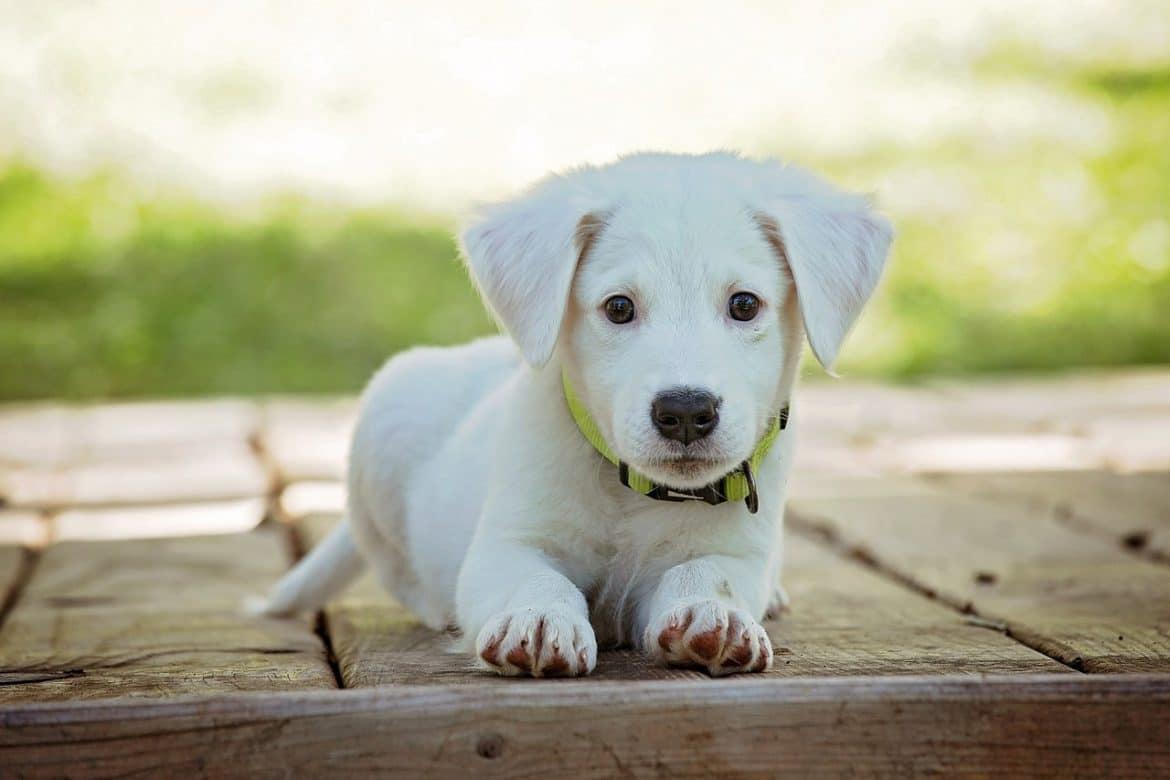

4 comments
[…] Understanding breed-specific behaviors is essential for addressing mental health issues in dogs. Certain breeds may have innate tendencies or instincts that influence their mental well-being. For example, herding breeds may exhibit obsessive behaviors if their natural instincts are not adequately channeled. By recognizing and addressing breed-specific behaviors, you can prevent the development of mental health issues and ensure your dog’s overall well-being. […]
[…] different types of canine aggression, each with its own distinct characteristics and triggers. Understanding these different types of aggression can help dog owners and professionals develop appropriate strategies to address and manage the behavior. The […]
[…] the adjustment period, it’s important to be understanding of any behaviors your new dog may exhibit. They may display nervousness, fear, or even exhibit signs of separation anxiety. […]
[…] Taking care of your dog's dental health is a responsibility that should not be overlooked. By understanding the importance of dental care, recognizing signs of dental problems, and implementing preventive measures, you can ensure that your furry friend has a happy, healthy smile. Regular dental check-ups and professional cleanings, along with a nutritious diet and appropriate dental care products, will contribute to maintaining your pet's teeth and overall well-being. Remember, a healthy mouth means a happy and healthy dog! […]
Comments are closed.